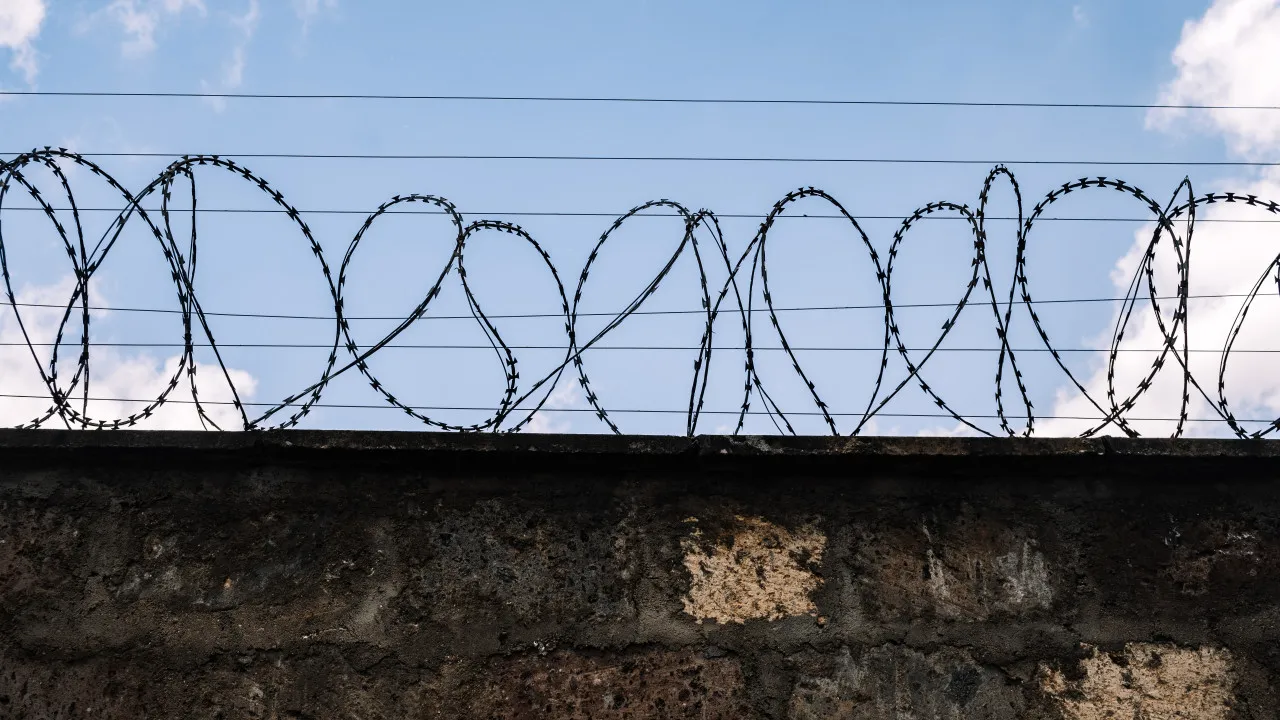“Zénite” is a play about six people surprised by the disappearance of the roof of their house, and is also the first act of a new mobile stage, built with rubble from the works of the Teatro Nacional D. Maria II (TNDM).
The premiere takes place next Thursday, June 27, in an open-air space in Bobadela, in the municipality of Loures, as part of the TNDM’s “Abril abriu” cycle.
Directed by Sílvio Vieira, the play takes place over two and a half hours, between a kind of viewpoint overlooking Quinta da Barroca, from where you can see the river Trancão, and what remains of a building where the action will culminate, after crossing dirt tracks.
“Zénite” tackles the “social issue of what a homeless person or group of people is like, […] either because a catastrophe has happened or because they don’t have the money to pay the rent,” said Sílvio Vieira at the end of a press rehearsal. “This concrete, real, social element exists and is present in the show.”
The play follows six people who, from one moment to the next, find themselves literally in ruins when the roof of their house disappears. They discover it buried in a swamp by the river. The sequence of events causes the six characters to confront and divide each other.
A war survivor, a homeless person and nomads are among the six characters, in a show constructed from a “hyper-theatrical device that could then justify the presence of text”, said the director.
Gestures dominate the narrative, which the space determines, and there will only be ‘lines’ in the last 20 minutes and a brief frame, made by a female voice, during one of the routes in the initial phase. The text is the result of improvisations with the cast and testimonies from survivors of the atomic bombings of Hiroshima and Nagasaki in World War II, translated by Sílvio Vieira.
At the start, a small boat approaches with four people and two others waiting on the riverbank. Together they will roll up and unroll a large red cloth. Later on, they will throw a piece of wood at each other and, finally, they will fight over the possession of food.
The space of social reality is present throughout the action, but there is also an aesthetic issue, such as the white roof structure on the marshy ground, which constitutes a “more dreamlike element”, said Vieira. In the end, in one room of the ruined house, rubble fills almost the entire space.
It’s only then that each of the six characters talks about themselves like someone reading a logbook, after opening the huge red velvet cloth, the same as at the beginning of the play (a stage cloth from the Artistas Unidos company that used to be at the TNDM).
“Zénite” concludes a trilogy begun by Sílvio Vieira in 2021 with “Arena”, followed by “Equador” (2023). The object of the trilogy is “the space” where the shows were created.
“The idea is that the space works a bit like the text in a more traditional theater process […]. It’s the space that motivates the improvisations, the dramaturgy, the costumes, the set design,” said Sílvio Vieira.
When the actor and director heard that the TNDM was going to be built, he thought he would “use the rubble to make something, an enclosure, an open-air theater,” he explained. After a series of obstacles, because building a grandstand or an auditorium would be very expensive, he came across Quinta da Barroca: a valley, a ruin and a river, the ideal space for the 35 blocks that can accommodate 70 spectators. Teatro Zénite can thus be recreated anywhere where this audience can be installed.
“Zénite” is a joint creation with its performers, Catarina Rabaça, Gaya de Medeiros, Márcia Cardoso, Miguel Galamba, Rita Cabaço and Tadeu Faustino.
Teatro Zénite is designed by Rafael dos Santos and Sílvio Vieira. Santos is also responsible for the set design. The costumes are by Marine Sigaut, the light design by Pedro Guimarães, the sound by Kino Sousa and the voice by Anabela Ribeiro.
“Zénite” is on stage until July 21, with performances from Friday to Sunday at 20:30. There is no performance on July 5th.
The performance takes place on a pedestrian route of around two kilometers, over rough terrain and with some inclination, in a place that is “isolated and has no catering facilities”. The TNDM advises spectators to bring “comfortable clothes and shoes, a coat and insect repellent, water and a light meal”.








